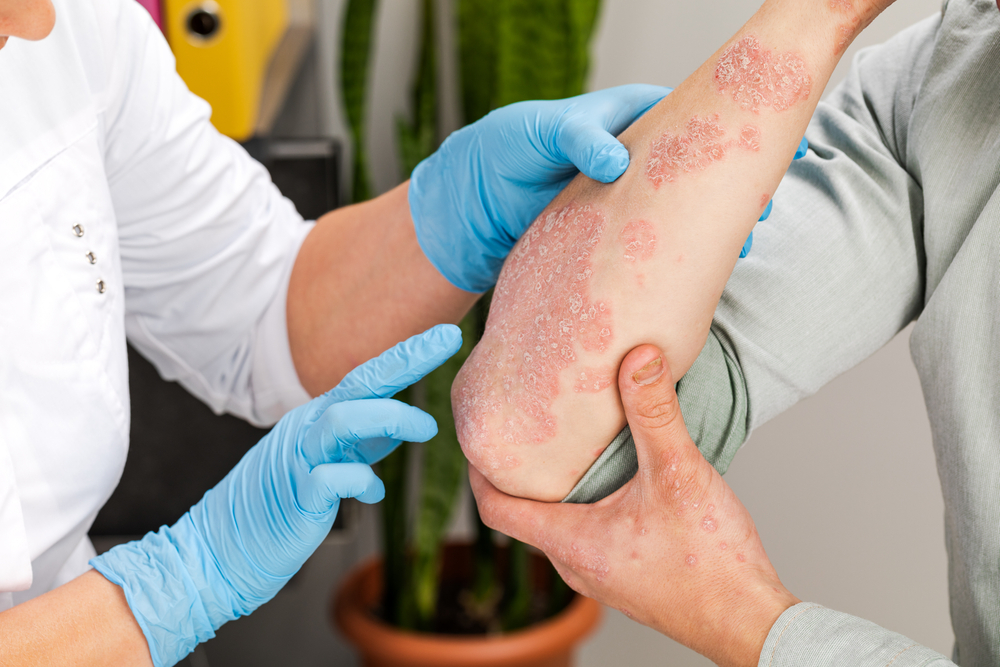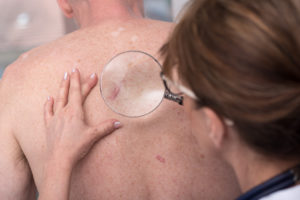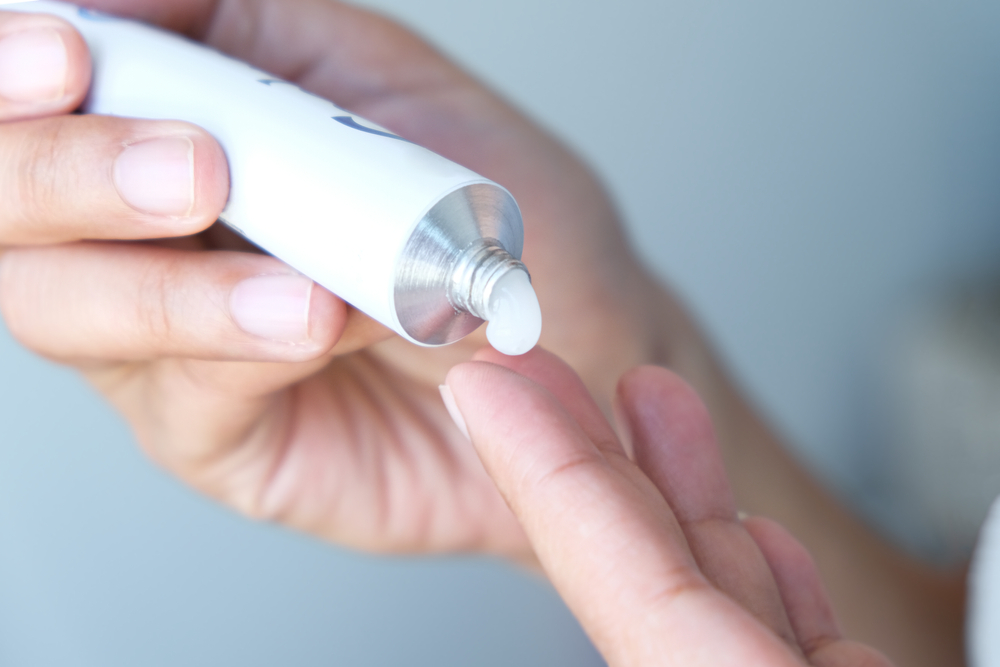Research findings from a longitudinal study, published in Frontiers in Cellular and Infection Microbiology, confirmed an association between Staphylococcus aureus proportion and atopic dermatitis (AD) severity after showing higher abundances of S. aureus in: patients with AD versus healthy controls, in lesional sites relative to non-lesional sites, and in patients with higher versus lower SCORAD.
Notably, the study found that the addition of dilute bleach baths (DBB) to a standard treatment regimen resulted in “significantly lower relative abundances of S. aureus and a non-significantly lowered disease severity, generally improving upon standard treatment,” said the study’s lead author, Veda Khadka.
Children with moderate-to-severe AD, and healthy children were randomized to receive the standard treatment regimen of emollients and topical corticosteroids, or the standard regimen plus DBB. Skin microbiomes were sampled at four visits over a three-month period. Swabs were taken from four body sites, and the composition of the microbiome at those sites was assessed using 16S rRNA amplification. Severity of AD was also measured.
The study was comprised of 28 patients and 14 healthy controls. The researchers found high abundances of S. aureus in patients with AD—relative to the healthy controls—which correlated with AD severity and reduced apparent alpha diversity. As treatment improved the severity of disease, the abundance of S. aureus decreased. Following treatment, patients who received DBB had significantly lower S. aureus abundances compared to those who received only standard treatment.
The authors noted several limitations of the study, including a relatively small cohort size, non-standardized emollient and corticosteroid use, and the use of only SCORARD to assess host genetics or host disease. They requested that future studies with larger sample sizes fully explore the benefits of DBB in treatment of patients with AD.
According to the report, the study confirmed an association between S. aureus and AD. Further, the addition of DBB significantly decreased patients’ S. aureus burden versus standard treatment after three months, which the authors described as a crucial finding that adds support for using DBB to complement existing AD therapies.








